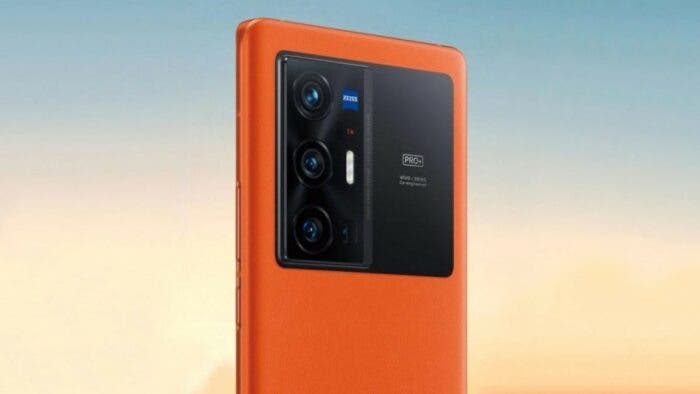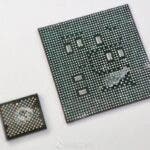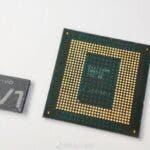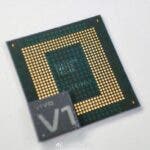On Monday (September 6), the Chinese tech company will hold an imaging technology sharing session. At the event, VIVO will introduce its self-developed V1 ISP chip.
Previously, Hu Baishan, executive vice president of VIVO, said that their self-developed V1 chip is a professional imaging chip. The research and development lasted 24 months and more than 300 people have participated in research and development. The flagship new product VIVO X70 series will come on September 9, debuting the chip. One of the biggest highlights is the improved shooting experience of night scene videos. Zhao Dian, the product manager of VIVO, said that the V1 has very strong performance. So you can’t believe that the photos are taken by mobile phones.
VIVO X70 Series
Today, three models of the VIVO X70 series have opened an appointment on JD.com. According to latter, the line includes the VIVO X70, the VIVO X70 Pro, and the VIVO X70 Pro+. Prior to this, we learned that they will have different positioning. The standard version will come with the MediaTek Dimensity 1200 flagship chip; the VIVO X70 Pro will sport the Exynos 1080 flagship chip; the VIVO X70 Pro+ will feature the Qualcomm Snapdragon 888 Plus flagship chip.
Gizchina News of the week
Earlier today, a Weibo blogger showed photos of VIVO’s self-developed V1 ISP chip. As the top variant will come with the Snapdragon 888 Plus chip, the company has had a deep cooperation with Qualcomm for the best performance.
The blogger also revealed that VIVO has organized the production of the V1 chip itself. This is quite important for a company that makes a chip for the first time.
VIVO V1 ISP Chip
The ISP (Image Signal Processor) processes the image signal output by the Image Sensor. As the core device of image processing, ISP plays a crucial and decisive role in the final imaging style and quality of mobile phone cameras. In simple terms, what the ISP needs to do is to increase the visual acuity level of the “digital eye” to the level of the “human eye”. So the effect when the human eye sees a digital image is as close as possible to the effect when the human eye sees the real scene.
According to VIVO’s Hu Baishan, it takes a long time for the chip itself to transform from positioning and IP to design. VIVO takes a two-year cycle for each generation of the chip.
Hu Baishan said that the chip design is divided into four stages: the conversion of soft algorithms to IP (image processing): the design of the chip itself: the tape out of the foundry: packaging and output.








